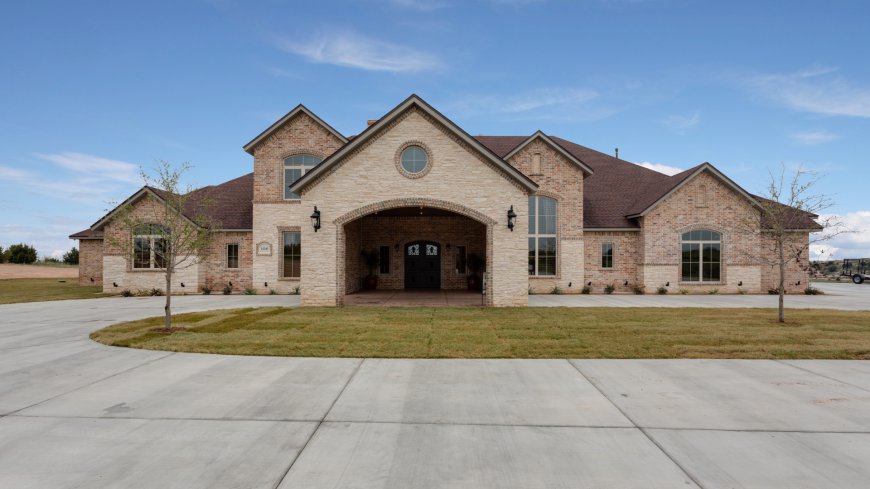What Happens After a Structural Inspection? Next Steps for Homeowners

Getting a structural inspection in Garland, TX, is an important step for homeowners. It helps you understand the condition of your home and highlights any issues that need attention. After the structural inspection in Garland, TX, you may wonder what comes next. This blog will guide you through the steps you should take after a structural inspection, ensuring you know how to proceed.
Understanding the Inspection Report
After your property structural inspection in Garland, TX, the inspector will provide you with a detailed report. This document outlines what they checked, what they found, and any recommendations for repairs. Here’s how to make sense of it:
Key Findings
Look for the main issues identified in the report. These could range from minor repairs to significant structural problems. Pay special attention to any sections marked as urgent, as these may need immediate action.
Recommended Actions
The inspector will suggest repairs or further evaluations for serious problems. It’s crucial to understand these recommendations so you can make informed decisions moving forward.
Questions to Ask
Don’t hesitate to reach out to your inspector with any questions about the report. It’s important to fully understand the findings so you can address them effectively.
Discussing with Professionals
Once you have the inspection report, it’s time to talk with professionals about the next steps. Here’s who you might consider consulting:
Contractors
If the inspection reveals structural issues, you should reach out to a contractor. They can provide estimates for repairs and help you prioritize what needs to be done first. Look for contractors with good reviews and experience in dealing with similar problems.
Engineers
For major issues, you might need to consult a structural engineer. They can provide a deeper analysis and ensure that any repairs are done correctly. Their expertise is valuable for understanding the extent of the problems.
Real Estate Agents
If you’re planning to sell your home or if the inspection was part of a purchase, discuss the findings with your real estate agent. They can help you determine how to proceed, whether it’s negotiating repairs or adjusting the sale price.
Prioritizing Repairs
Based on the findings from your structural inspection and discussions with professionals, you’ll need to prioritize repairs. Here’s how to approach it:
Urgent Repairs
Identify which issues need immediate attention. This could include anything that affects the safety of your home, such as unstable foundations or significant leaks.
Important Repairs
Next, look at repairs that may not be urgent but still need to be addressed soon. This could involve things like roof repairs or fixing drainage issues that could lead to more significant problems if ignored.
Long-Term Improvements
Finally, consider repairs that can enhance your home’s value and longevity. This might include upgrades like reinforcing walls or improving insulation. These improvements can save you money in the long run by increasing energy efficiency and reducing maintenance costs.
Creating a Repair Plan
Once you have prioritized repairs, it’s time to create a plan. Here’s how to organize it:
Set a Budget
Determine how much you can afford to spend on repairs. Get estimates from contractors to understand the costs involved. This will help you decide which repairs to tackle first.
Timeline for Repairs
Create a timeline for when you want the repairs completed. Some repairs may take longer than others, so plan accordingly. Make sure to communicate your timeline with the contractors you choose.
Track Progress
Keep a checklist of repairs as they get completed. This helps you stay organized and ensures nothing gets overlooked. You can also note any changes in the condition of your home as repairs are made.
Monitoring Your Home
After repairs are made, it’s important to keep an eye on your home. Regular monitoring can help you catch any issues early on. Here are some tips:
Schedule Follow-Up Inspections
Consider scheduling follow-up inspections to ensure that repairs were done correctly. This is especially important for major structural issues. A second opinion can give you peace of mind.
End Summary
After a structural inspection in Garland, TX, you have important steps to follow. Understanding the inspection report, discussing findings with professionals, prioritizing repairs, and creating a plan are all key parts of the process. Don’t forget to monitor your home regularly after repairs.
If you’re looking for a reliable inspection service, Home Inspection Services, INC is here to help. They provide thorough inspections and detailed reports, ensuring you have all the information you need to maintain your home. By taking these steps, you can ensure your home remains safe and well-maintained for years to come. Remember, your home is an investment, and taking care of it is essential. Reach out for more information on how they can assist you.

 Homeinspectionservices
Homeinspectionservices